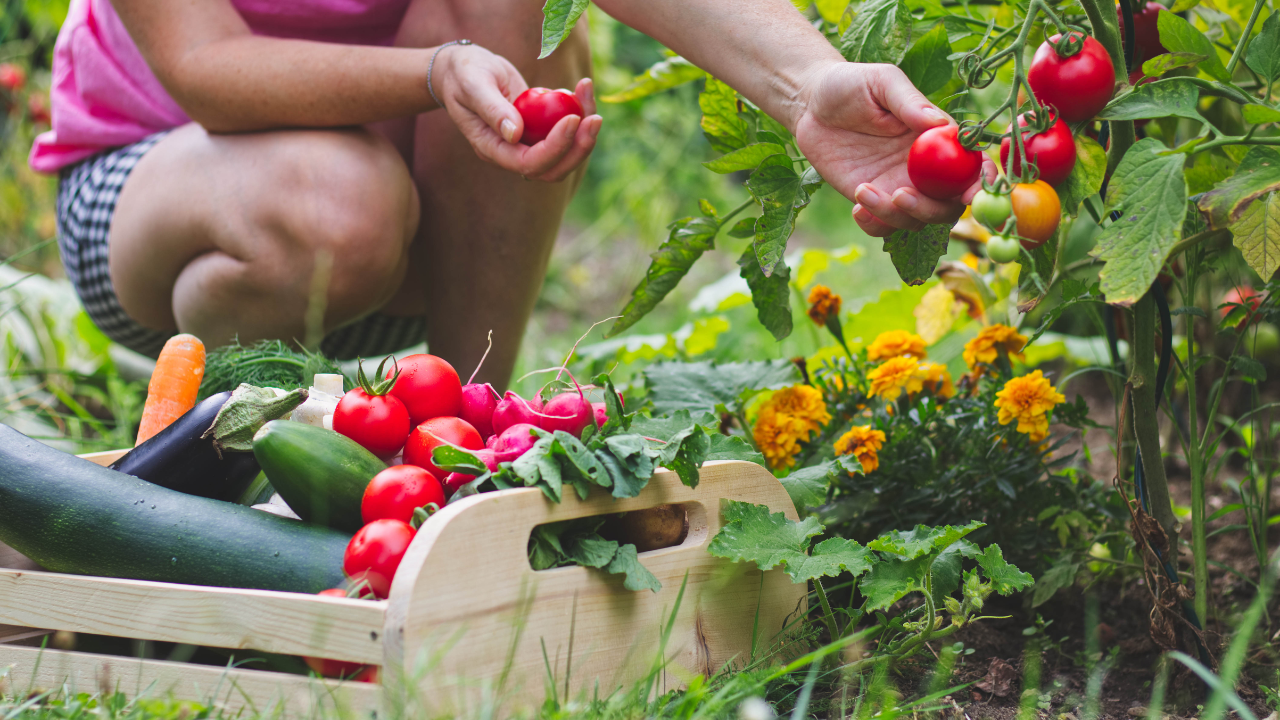Spring is a time of excitement for gardeners eager to get their vegetables growing. However, rushing to plant too early in the season can lead to disappointment seeds may fail to sprout, seedlings might struggle, and your garden could suffer losses that feel like a waste of time and effort.
One important factor often overlooked is soil temperature. Many vegetable seeds require the soil to reach a certain warmth, typically around 70 degrees Fahrenheit (21 degrees Celsius), to germinate properly and thrive. Planting before the soil has warmed enough can slow germination or prevent it altogether.
Why Soil Temperature Matters
Seeds are living organisms that respond to their environment. Soil temperature affects how quickly seeds absorb water and begin the germination process. For many common vegetables such as tomatoes, peppers, cucumbers, and beans, a soil temperature close to 70°F is ideal for activating the enzymes and processes necessary for seeds to sprout.
When soil is too cold often below 50°F (10°C) seeds may remain dormant or rot before sprouting. This can cause uneven growth and weak plants, increasing the risk of diseases and pests later on.
Which Vegetables Need Warmer Soil?
Not all vegetables require the same soil temperature to grow, but warm-season crops tend to need soil near 70°F to perform well. These include:
- Tomatoes
- Peppers
- Cucumbers
- Squash
- Beans
- Eggplants
On the other hand, cool-season vegetables like lettuce, spinach, broccoli, and peas can germinate in cooler soil temperatures, often between 40°F and 60°F (4°C to 15°C).
How to Check Your Soil Temperature
To avoid planting too early, gardeners should measure soil temperature before sowing seeds outdoors. A simple soil thermometer is inexpensive and easy to use. Insert it 2-3 inches into the soil in the morning and record the reading. For warm-season vegetables, wait until the soil consistently reaches 70°F before planting.
Alternatively, many agricultural extension offices provide soil temperature data and planting calendars tailored to local climates, which can be a helpful guide.
Tips for Successful Planting
- Use Raised Beds or Black Plastic Mulch: These can warm the soil faster in spring.
- Start Seeds Indoors: For warm-season crops, starting seeds indoors 6-8 weeks before the last frost date can give plants a head start.
- Follow Local Planting Dates: Refer to your local cooperative extension service for region-specific planting guidelines.
Reliable Resources
For accurate planting dates and soil temperature guidelines, trusted sources include:
- USDA Plant Hardiness Zone Map: Helps gardeners identify planting zones based on local climate.
- National Agricultural Library: Offers detailed crop production information, including soil temperature requirements. Visit nal.usda.gov.
Patience is a key ingredient for a successful vegetable garden. By waiting for the soil to warm up to around 70°F before planting warm-season vegetables, gardeners can improve seed germination, plant health, and ultimately harvest a better crop. While it might be tempting to rush into planting at the first sign of spring, respecting nature’s timing will save you time, effort, and frustration in the long run.


